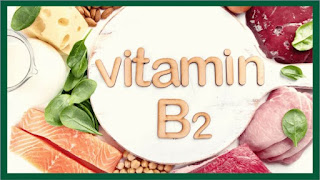1. Medicinal effect.
Zopiclone is a racemate. It is consisting of S-Zopiclone (Eszopiclone) and R-Zopiclone (L-zopiclone). It is a non-benzodiazepine sedative and hypnotic, which mainly exerts sedative and hypnotic effects by selectively activating the α1 subunit on the γ-aminobutyric acid receptor.
The affinity of eszopiclone to the γ-aminobutyric acid receptor is 50 times that of L-zopiclone. The hypnotic effect of 3mg eszopiclone is equivalent to that of 7.5mg Zopiclone.
2. Toxicity.
The results of animal experiments showed that the LD50 of eszopiclone was 1500mg/kg, the LD50 of L-zopiclone was 300mg/kg and the LD50 of racemate was 850mg/kg.
3. Pharmacokinetics.
Eszopiclone is absorbed faster and has a longer half-life than L-zopiclone. However, zopiclone contains 50% of eszopiclone, so there is not much difference between the onset time and maintenance time of zopiclone and eszopiclone.
It takes about 1 hour for eszopiclone to reach its peak value. Taking it with food can delay the peak time by 1 hour. The half-life in adults is 6 hours, and the half-life in the elderly is 9 hours. It is metabolized by the liver, and CYP3A4 is the main metabolic enzyme. 10% is excreted in urine in its original form.
- For adult patients: The recommended dose is 1-3 mg before going to bed.
- For elderly patients who have difficulty falling asleep (It takes more than 30 minutes to fall asleep): The recommended starting dose is 1 mg, and can be increased to 2 mg if necessary.
- For elderly patients with sleep maintenance disorders (The number of awakenings throughout the night ≥ 2 times): the recommended dose is 2 mg before going to bed.
Zopiclone takes about 1.5-2 hours to reach its peak, and food does not affect its peak time. The half-life in adults is 5 hours, and the half-life in the elderly is 7 hours. It is also metabolized by the liver, and CYP3A4 is also its main metabolic enzyme. 4-5% is excreted in urine in its original form.
- For adult patients: the recommended dose is 3.75-7.5 mg before going to bed.
- For elderly patients: the recommended dose is 3.75 mg.
The total absorption of the two drugs in the elderly (≥65 years) is 41% higher than that in adults, and the half-life is longer. Therefore, elderly patients should start with a low dose.
4. Adverse effects.
The most common adverse effect of zopiclone and eszopiclone is abnormal taste (bitter mouth, metallic taste), which is dose-related and can disappear after stopping the drug. There are also stomach burning and sedation, dizziness, and dose-related amnesia. Some patients also experience symptoms such as dry mouth, headache, and nervousness. Some long-term studies believe that they will not show obvious dependence.
Non-benzodiazepine drugs may cause sleepwalking, sleepwalking and driving. Although it is rare, it can cause serious injury or death. If the above sleep behavior occurs, please seek medical attention immediately and stop such drugs under the guidance of a doctor.

































